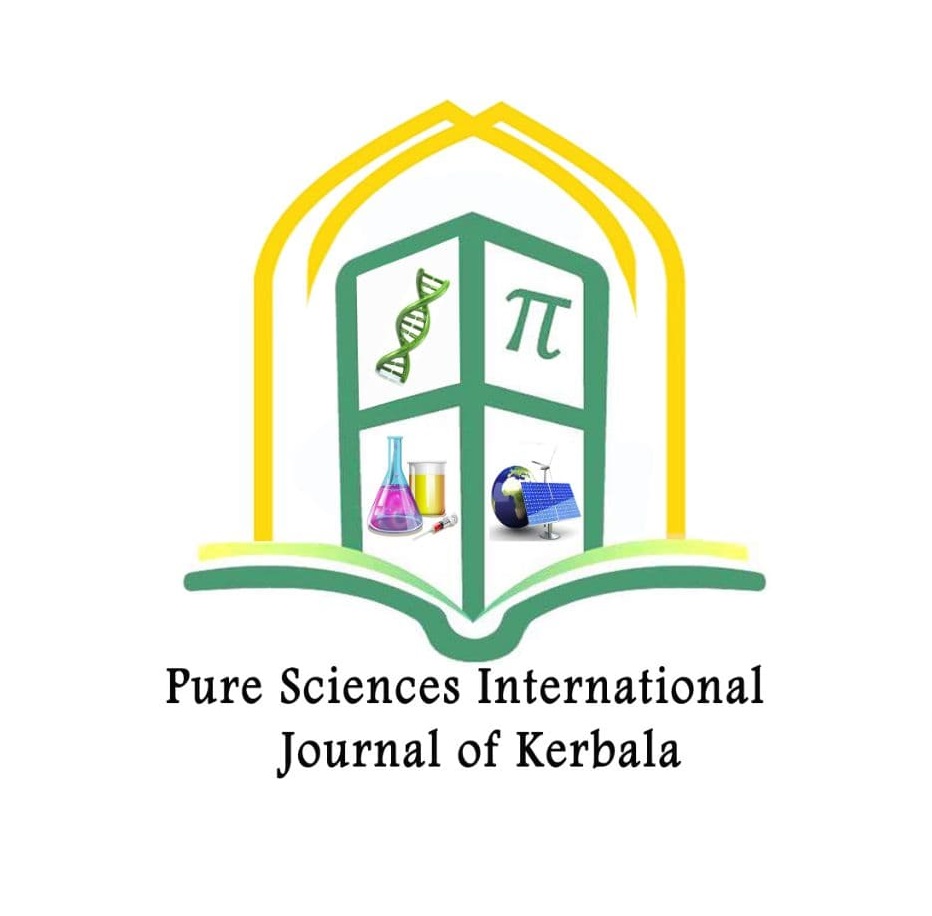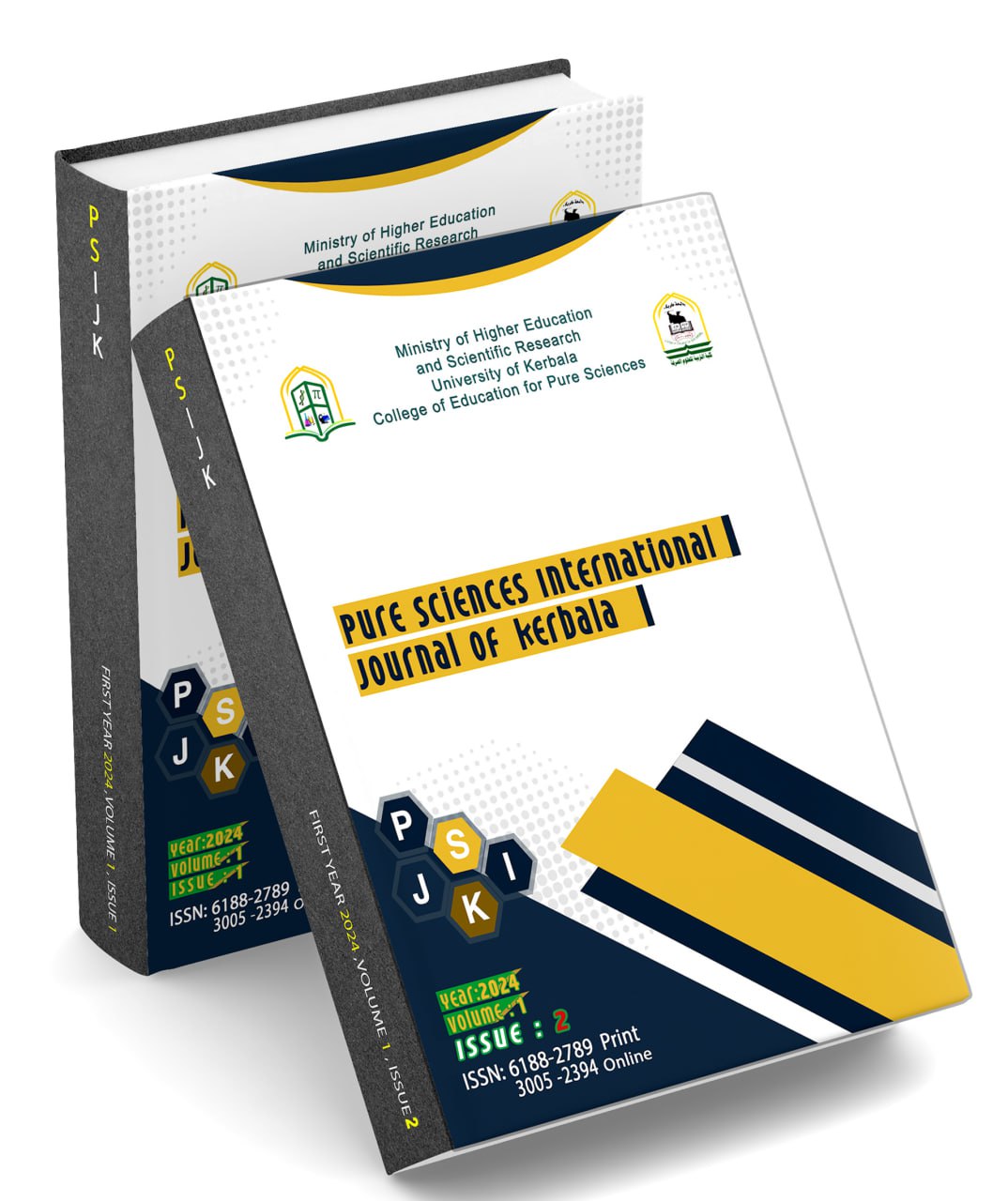Morphological Change in Human Liver Cancer Cells HepG2 Induced by Ampicillin-Chitosan
الكلمات المفتاحية:
Nano-Chitosan، human liver cancer، ampicillin ، P53الملخص
In this work, the effectiveness of the binding of ampicillin, one of the beta-lactam antibiotics, with nano-chitosan extracted from the skeletons of marine crustaceans was tested on human liver cancer cells Hep G2 ex vivo. The results were positive, as the binding was effective through the weakening of the vibration peaks of the active functional groups, according to the results of FTIR test, and the drug was toxic to the aforementioned cell lines and its effect increases with the dose, causing them to lose the integrity of their membranes, shrinkage of their cytoplasm, and fragmentation of their DNA, which indicates the activation of the programmed death pathway in them. This confirmed the synergistic role of chitosan in enhancing the therapeutic effectiveness of Ampicillin.





